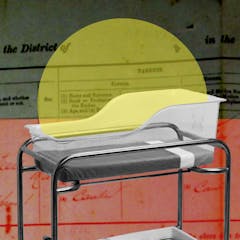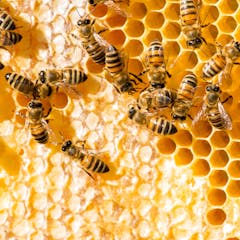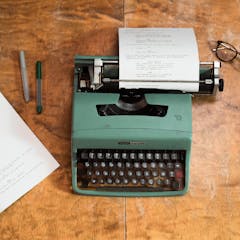
Artículos sobre Friday essay
Mostrando 1 - 20 de 315 artículos

For Preeti Maharaj, growing up Fiji-Indian in Australia has meant living with threats of violence.

Hessom Razavi – an ophthalmologist and poet – explains the workings and wonder of the eye, and the range of emotions he experiences treating diseases caused by modern life or without a cure.

Critics have long wrestled with the question of how artists and writers influence each other. For Luke Johnson, an encounter with a painting took him in a wholly unexpected direction.

What happens when people form romantic relationships across class? Eve Vincent and Rose Butler interviewed 38 people to find out. Their candid answers are revealing.

Nothing Hamas has done was comparable to October 7, and nothing Israel has done is comparable to what it continues to do since that day. Student protests, in this context, inspire a measure of hope.

The culture wars have been around forever, but keep taking new forms, and US variants threaten to spill over to Australia – as seen in the recent (overturned) ban on same-sex parenting books in Sydney.

People rarely speak plainly of birth, and even more rarely spell out the details in positive terms.

Project 2025 is iconoclastic and dystopian. Those who wish to understand Trump and the movement behind him, and the active threat they pose to American democracy, are obliged to take it seriously.

Indigenous people have long spoken about coercive practices of officials and experts around birth control, as late as the 1960s. Now historians are finding evidence in the government’s own records.

So much is being lost due to climate change, one can feel deranged. But the world still hums with beauty and astonishment – there is much for us to save.

At a time when women had limited rights, writers found ways to raise the issues of coercion and control.

What makes us human? Greek and Roman thinkers were preoccupied with this question. And some of their observations of animals foreshadowed recent findings in the behavioural sciences.

From Russian Doll to Severance, a spate of conceptual TV series are rehearsing thought experiments challenging our assumptions about the world.

Many argue Samuel Griffith, twice Queensland premier and our first chief justice, is guilty of colonial war crimes. Raymond Evans searched for the evidence to nail him but found a different story.

An innovative project pairs young Palestinian writers with overseas mentors. Even now, writers in Gaza are continuing to tell their stories, despite their very real fear that they might die.

Zora Simic has never been married, nor wanted to. She assesses two new books about feminism and marriage – Clementine Ford’s polemic against it and Rachael Lennon’s history of its reformation.

Establishing the facts – and disentangling fact from legend – is not always straightforward when it comes to biography. Frank Moorhouse’s biographer unpacks his process.

Bit by bit, the philosopher Rai Gaita showed Maria Tumarkin and Juliet Rogers the morally serious worth of face-to-face conversation.

Jem Bendell encourages us to think about societal collapse in ways that are ‘profound and startlingly original’, with the potential to birth whole new social movements, says Tom Doig.

Australians could once claim compensation for injuries arising from a broken engagement. Today, the responsibility for romantic injury has been individualised and feminised, its pain trivialised.
